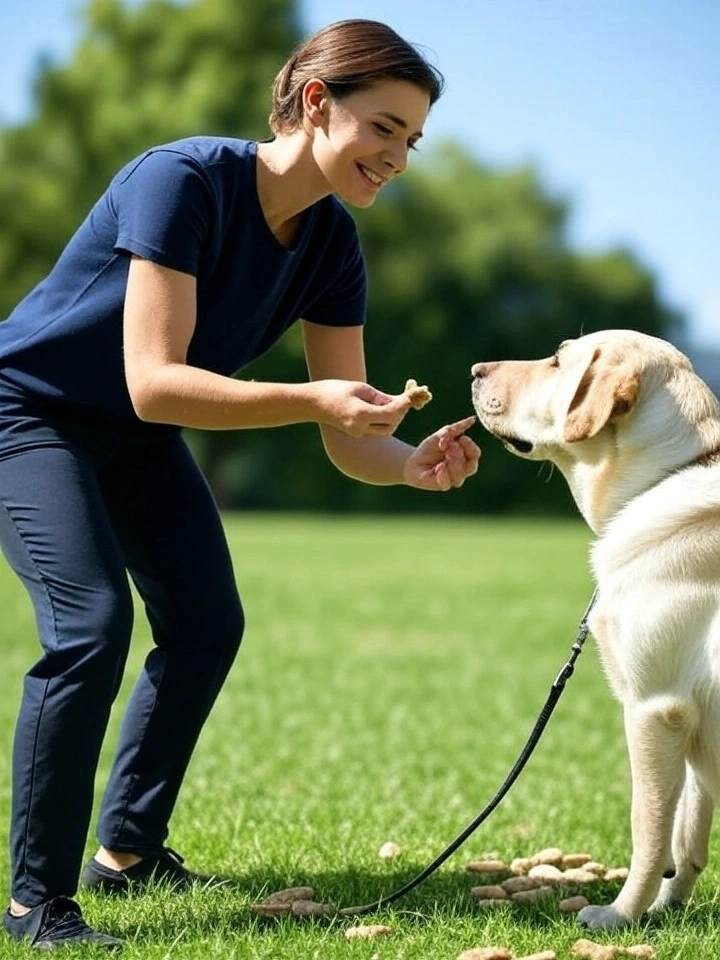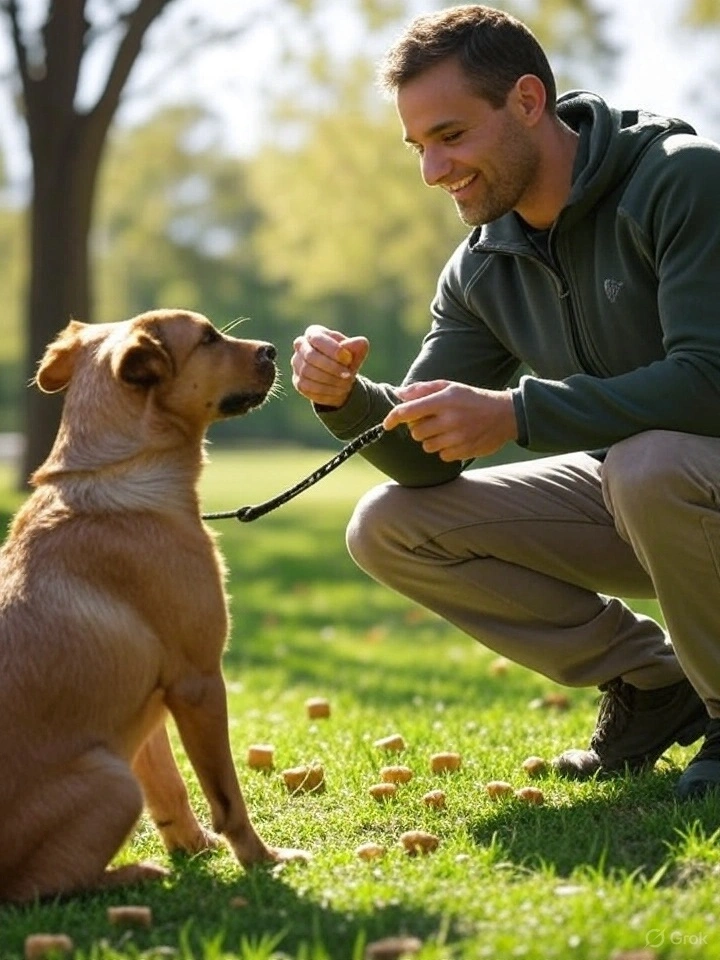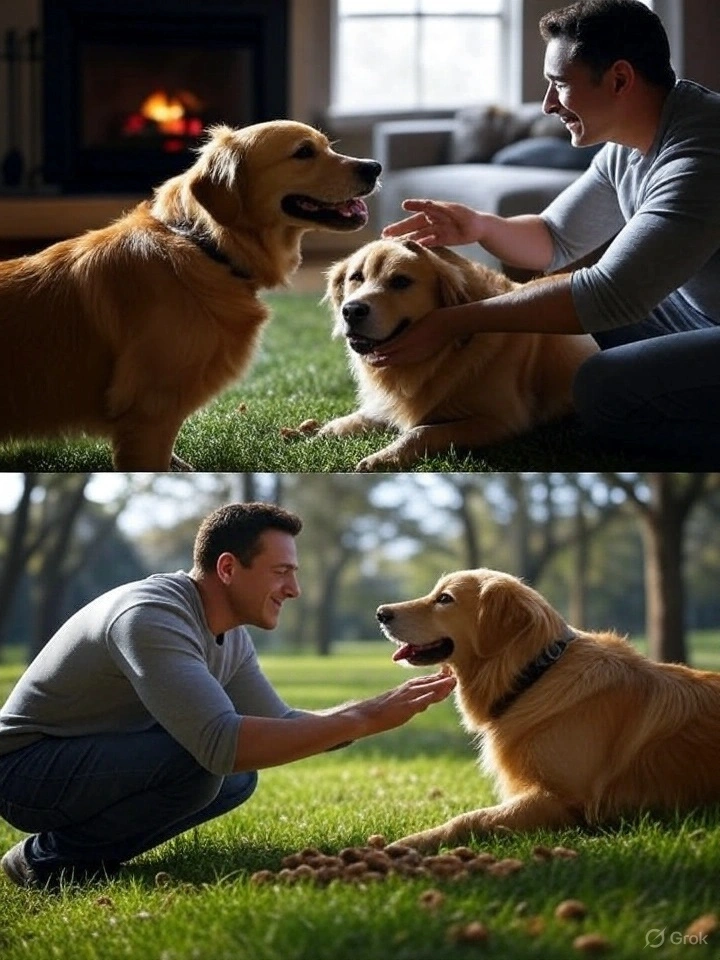Effective dog training builds a strong bond between you and your dog, fostering trust and clear communication. Before teaching specific commands, understanding scientifically supported principles ensures a rewarding experience. These guidelines, rooted in canine behavioral research, set the foundation for success.

1. Patience and Consistency in Dog Training
Dogs learn through repetition and predictable cues, as supported by studies in animal cognition (e.g., McKinley & Young, 2003). Patience is critical, as mastering simple commands can take days to weeks, depending on factors like age, breed, and temperament. For example, high-energy breeds like Australian Shepherds may require more repetitions than calmer breeds like Golden Retrievers. Use identical words, tones, and gestures for each command to avoid confusion—always say “sit,” not “sit down” or “park it.” Consistency across all household members is vital to prevent mixed signals. Research shows that dogs trained with consistent cues learn 30% faster (Hiby et al., 2004). Schedule short, daily practice sessions to reinforce habits, and maintain a calm demeanor to build your dog’s confidence and reduce anxiety during learning.
2. Positive Reinforcement
Positive reinforcement, endorsed by the American Veterinary Society of Animal Behavior (AVSAB), is the most effective dog training technique. Rewarding desired behaviors with treats, praise, or play strengthens neural pathways, encouraging repetition (Skinner, 1951). For instance, when your dog sits on command, immediately offer a treat or enthusiastic praise like “Good dog!” Avoid punishment, as studies show it increases stress and fear, hindering learning (Schilder & van der Borg, 2004). Use high-quality training treats for dogs, designed for dog obedience training, to maximize motivation. Vary rewards—alternate treats with a quick tug-of-war or a belly rub—to maintain engagement. Timing is crucial; deliver rewards within 1-2 seconds to ensure your dog associates the action with the reward, as delayed reinforcement weakens learning (Lindsay, 2000).

3. Short, Frequent Training Sessions
Dogs have limited attention spans, typically 10-15 minutes, especially puppies (Miklósi, 2014). Conduct short, engaging sessions two to three times daily to optimize focus and prevent frustration. Brief sessions are more effective than prolonged ones, as cognitive overload can reduce retention. Integrate training into daily routines, like practicing “sit” before feeding or “stay” during walks. Keep sessions fun with an upbeat tone and end on a positive note, such as a successful command followed by praise. For puppies, even 5-minute sessions can be effective if consistent. Research indicates that distributed practice (short, frequent sessions) enhances long-term retention in dogs by up to 25% compared to massed practice (Roitblat, 1987).
Step-by-Step Guide to Teaching Simple Dog Commands
Here’s how to teach four essential simple dog commands: “sit,” “come,” “stay,” and “lie down.” These commands, foundational to dog obedience training, are practical for daily scenarios, from calming your dog at home to ensuring safety in public.
Teaching the “Sit” Command
The “sit” command is a cornerstone of simple dog commands, promoting calm behavior in situations like greeting visitors or waiting at crosswalks. It’s often the first command taught due to its simplicity and natural canine behavior.
- Hold a treat near your dog’s nose to engage their attention, leveraging their natural scent-driven focus.
- Slowly move the treat up and back over their head, prompting their bottom to lower naturally as they follow the treat’s motion.
- When their bottom touches the ground, say “sit” clearly, then reward with the treat and praise, such as “Excellent!”
- Practice multiple times daily, gradually phasing out treats for verbal praise or a pat as the behavior becomes consistent.
Practice in varied environments, like the living room or park, to generalize the command. If your dog struggles, train before meals when they’re hungry and more motivated, as food drive enhances learning (Fogle, 1990).
Teaching the “Come” Command
The “come” command is critical for safety, ensuring your dog returns in risky situations, such as off-leash walks or near traffic. It builds on dogs’ social instincts to approach trusted humans.
- Start in a quiet, low-distraction area, like your home, to minimize competing stimuli.
- Step a few feet away, crouch to your dog’s level, and say “come” in an enthusiastic tone to mimic pack behavior cues.
- Reward your dog with a treat and praise immediately upon approach to reinforce the behavior.
- Gradually increase distance and introduce distractions, like practicing in a fenced yard or park, to build reliability.
Never scold a slow response, as negative associations can reduce recall reliability by 40% (Herron et al., 2009). Use a long leash outdoors to gently guide your dog if they hesitate, ensuring positive experiences.

Teaching the “Stay” Command
The “stay” command teaches impulse control, keeping your dog safe in busy environments like crowded parks or near roads. It builds on their ability to inhibit movement (Range et al., 2009).
- Ask your dog to “sit” to establish a controlled starting position.
- Hold your hand out, palm facing your dog, and say “stay” in a calm, firm tone to signal pause.
- Take one step back, then return and reward with a treat and praise if they remain in place.
- Gradually increase distance, duration, and distractions, like adding toys or noises, as your dog improves.
Use a release cue like “okay” to signal they can move, reinforcing the command’s structure. Short, frequent sessions build confidence, as prolonged “stay” attempts can cause anxiety in early training (Lindsay, 2000).
